Wine of the Month: 2012 Podere 414 Morellino di Scansano
This month’s wine feature is a continuation on last month’s Italian theme, although this time, the wine comes from Vini Vivi on Mill Lane, the third in our exploration of independent wine shops in West Hampstead.
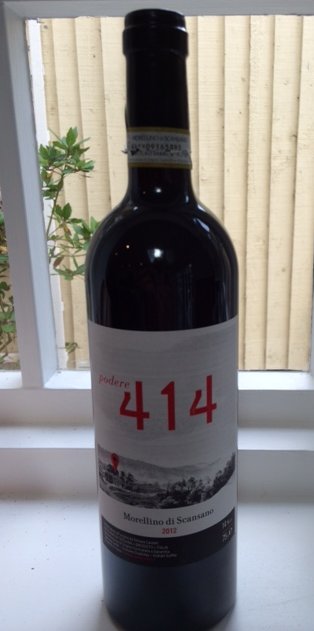 2014 Podere 414 Morellino di Scansano
2014 Podere 414 Morellino di Scansano
When deciphering an Italian wine label, the place name is absolutely key; in this case, Scansano. Scansano is a town and commune of medieval origin in the district of Tuscany known as Grosseto, in a smaller subsection known as Maremma, an area with a substantial sea coast. Morellino is the name of the wine (thus Morellino from the town of Scansano), as it is actually the local name of the grape otherwise known as Sangiovese. Having said that, Morellino di Scansano does not have to be 100% Sangiovese; it needs to be a minimum of 75% Sangiovese. The Podere 414 Morellino happens to be 85% Sangiovese; the remaining 15% is a blend of Ciliegiolo, Alicante, and Colorino. And because I know you’re now wondering, 414 refers to the number assigned to the farm during the land reform in the 1960s; so it is the designation of a plot of land.
The Morellino exhibits a dark ruby colour, with hints of violets and tea leaves on the nose. In the mouth, one marks a delightful medium weight, which makes for enjoyable drinking, as one’s mouth and senses are not overwhelmed. Happily, the wine does not seem to have spent any time in new oak, meaning that the flavours of dark cherries and light herbs are easily distinguished. Were this a Riserva wine, it would be required to spend a year on oak; however, because it isn’t a riserva, any tannins that one may notice are naturally occurring from the skins and not overly perceptible. Characteristic of Sangiovese, the wine has a pleasant level of acidity that makes it a good match with a variety of foods that one would associate with Tuscany, including many vegetables and fruits. Overall, it displays a sense of harmony and balance between fruit and acidity that should please any number of wine drinkers.
Considering its Tuscan homeland, we paired it with grilled boneless lamb chops marinated in harissa, and it was a gorgeous match. Owing to its blend of peppers and spices, harissa can carry some heat, but the Podere 414 handled it beautifully, precisely because it hadn’t spent considerable time in wood: an oaky tannin-bomb would have confounded the unique flavours of the dish, and moreover would have made the heat feel even hotter.
If you’re looking for an expression of Sangiovese other than Chianti, head over to Vini Vivi and ask for this supple wine (£18). Invite some friends over and enjoy!
If you’d like to recommend a wine shop or restaurant’s wine list for this WHL feature, please tweet me @kevinjruth.



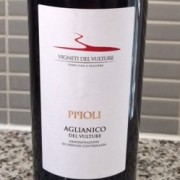
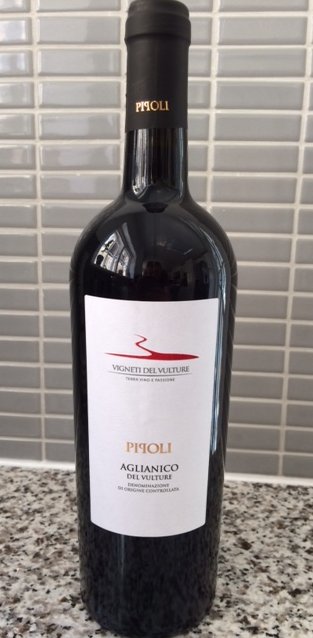 2012 Pipoli Aglianico del Vulture
2012 Pipoli Aglianico del Vulture 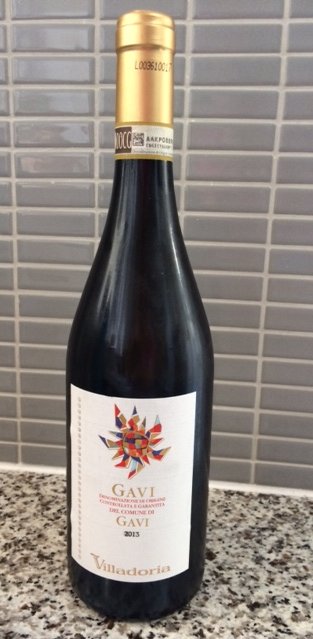 2013 Villadoria Gavi di Gavi
2013 Villadoria Gavi di Gavi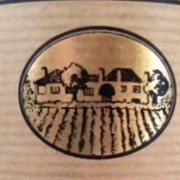
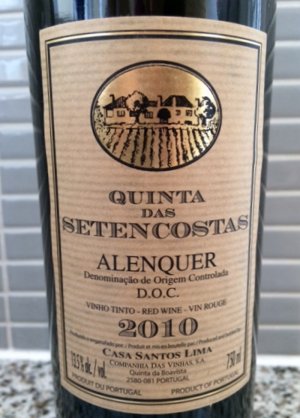 For the first feature, I popped into Oddbins on West End Lane. Red wine was on the docket for a weekend meal and after searching through a nice selection of reds from all over the world (kudos to Oddbins for the diversity of its portfolio), I decided on a bottle of 2010 Quinta das Setencostas at £8.50.
For the first feature, I popped into Oddbins on West End Lane. Red wine was on the docket for a weekend meal and after searching through a nice selection of reds from all over the world (kudos to Oddbins for the diversity of its portfolio), I decided on a bottle of 2010 Quinta das Setencostas at £8.50.